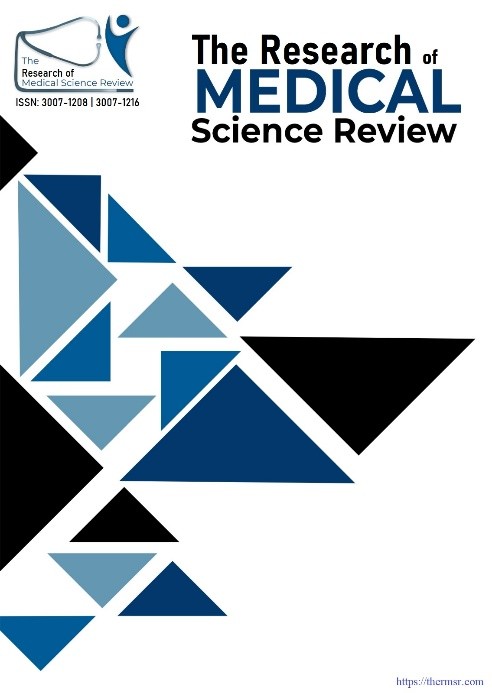FORENSIC ANALYSIS OF 12-GAUGE SHOTGUN FATALITIES: WOUND MORPHOLOGY AND RANGE ESTIMATION
Main Article Content
Abstract
Fatalities from shotgun discharge present a challenging problem to forensic investigation as a result of the inherent ballistic variability and distinctive wound morphology of 12-gauge bullets with varying shooting distances. The following article presents an extensive forensic analysis of 12-gauge shotgun wound, focusing on the diagnostic significance of wound morphology, pellet spread, and tissue damage in range estimation. Through correlation of external wound pattern with internal damage morphology and external features and radiologic findings, the case report reflects indicative markers like soot deposition, pellet diameter of dissemination, abrasion collars, and intrapelvic fragmentation. Combination with postmortem computed tomography (PMCT), histology, and scene reconstruction allowed precise calculation of firing distance and shooter azimuth. The forensic analysis clearly differentiated suicidal from homicidal patterns by ruling out spontaneous or staged options. Recommendations are provided for standardized crime scene and autopsy documentation to enhance evidentiality and legal admissibility. Results confirm that interdisciplinary approaches and technology use, with a focus on shotgun wound forensics, provide validity to conclusions throughout investigative and court proceedings.
Downloads
Article Details
Section

This work is licensed under a Creative Commons Attribution-NonCommercial-NoDerivatives 4.0 International License.
